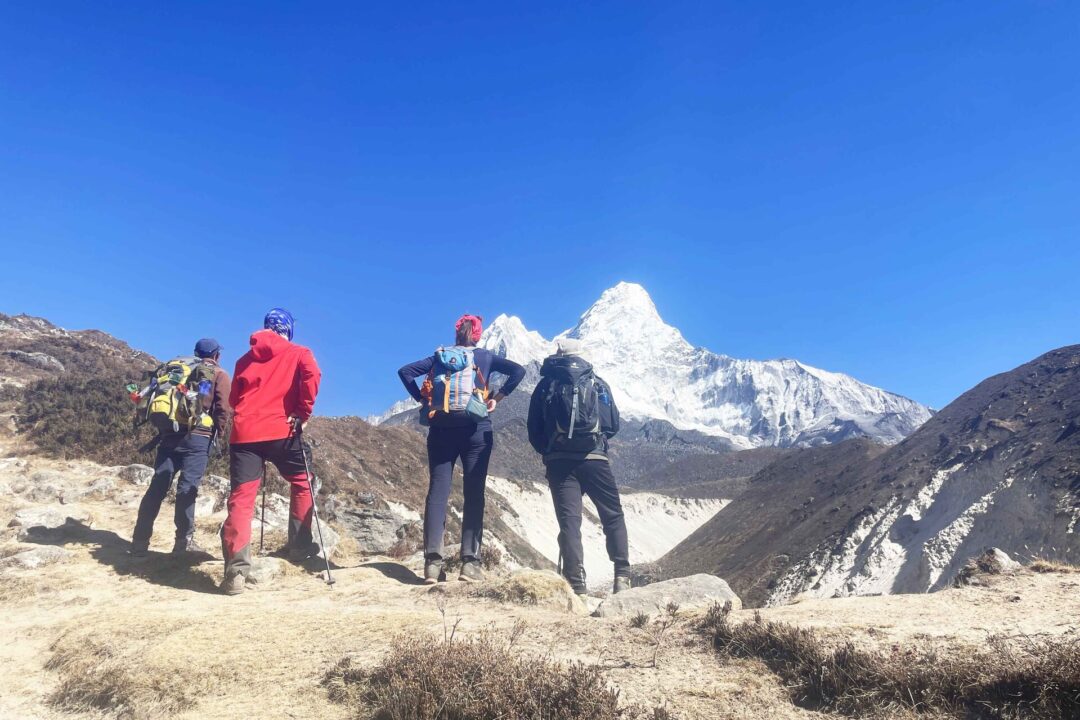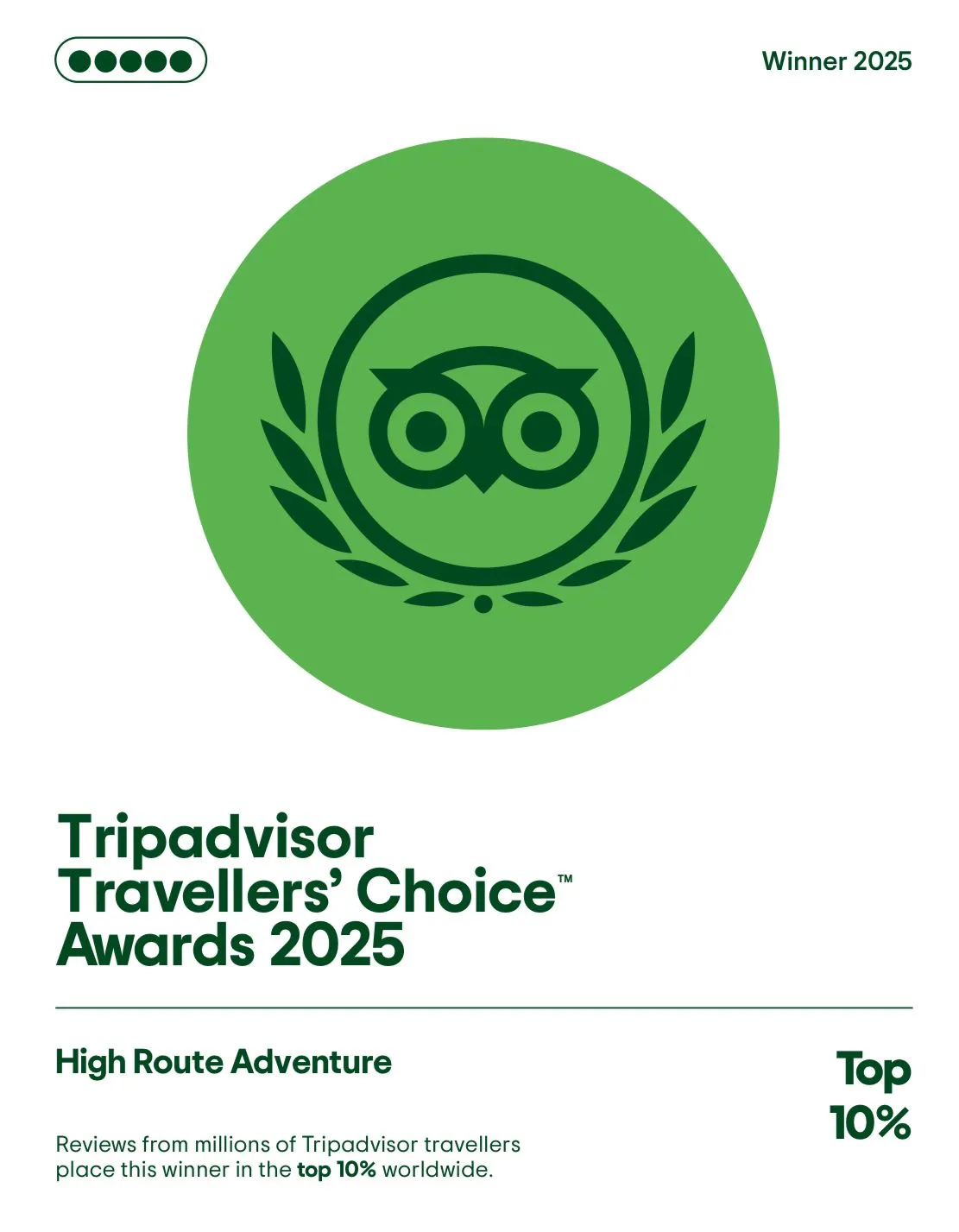Top 6 Common Mistakes to Avoid While Trekking in Nepal

Embarking on a trekking adventure through the majestic landscapes of Nepal is a dream come true for many adventurers. With its awe-inspiring Himalayan peaks, serene valleys, and rich cultural heritage, Nepal offers an unparalleled experience for those seeking to connect with nature and challenge their limits. However, amidst the excitement and anticipation, it’s essential to know the potential pitfalls that can dampen your trekking expedition.
In this article, you will delve into the top 6 common mistakes to avoid while trekking in Nepal, ensuring that your journey remains extraordinary, safe, and truly unforgettable. By following these valuable insights, you’ll be well-equipped to make the most of your time in this trekkers’ paradise and create memories that will last a lifetime.
Table of Contents
1. Packing Unnecessarily Heavy
Packing unnecessarily heavy while trekking in Nepal is a common mistake that can negatively impact your trekking experience. Here’s why:
Excessive Physical Burden
Carrying a heavy backpack can strain your body excessively, leading to fatigue, muscle soreness, and an increased risk of injuries. It can make the trek more physically challenging and hinder your ability to enjoy the journey.
Reduced Mobility
A heavy backpack can limit your mobility and flexibility on the trail. It can slow you down, affect your balance, and make navigating through uneven terrain or steep inclines harder.
Unnecessary Discomfort
Carrying excessive weight can cause discomfort, such as backaches, shoulder pain, or blisters. This can make the trekking experience less enjoyable and distract you from appreciating the surroundings.
To avoid these mistakes, follow these tips:
Prioritize Essential Items
Identify the essential items you’ll need during the trek, such as clothing, appropriate footwear, toiletries, and necessary equipment. Avoid packing items that have little practical use or can be easily obtained along the trail.
Choose Lightweight Gear
Invest in lightweight, compact gear, including backpacks, sleeping bags, and hiking boots. Choose clothing made from lightweight, moisture-wicking materials suitable for trekking conditions.
Minimize Redundancies
Evaluate your packing list and eliminate any redundant items. Avoid packing multiple items that serve the same purpose. For instance, carrying excessive changes of clothing or unnecessary electronic devices.
Pack Smartly
Organize your backpack efficiently to distribute the weight evenly. Place heavier items closer to your back and lighter items towards the outside. Use packing cubes or compression sacks to maximize space and keep things organized.
2. Neglecting Travel Insurance
Not getting travel Insurance while trekking in Nepal is a significant mistake. Here’s why:
Medical Expenses
Trekking in Nepal involves risks such as altitude sickness, injuries, or illnesses. Without travel insurance, the burden of hefty medical expenses falls entirely on you, which can be financially overwhelming.
Emergency Evacuation
In case of severe injury or medical emergency, travel insurance covers the cost of emergency evacuation by helicopter or other means. Without insurance, these expenses can be exorbitant and may put your life at risk.
Trip Cancellations or Delays
Travel insurance protects you against unexpected trip cancellations or delays due to unforeseen circumstances like flight cancellations, natural disasters, or personal emergencies. Without insurance, you may lose all the money spent on flights, accommodations, and permits.
Lost or Stolen Belongings
Travel insurance covers lost or stolen belongings such as passports, cameras, or trekking gear. You’ll have to bear the financial burden of replacing these items without insurance.
To avoid this mistake, follow these tips:
Research and Purchase Insurance
Prioritize travel insurance specifically designed for trekking in Nepal. Research different policies, compare their coverage and prices, and select one that suits your needs.
Comprehensive Coverage
Ensure your travel insurance covers medical emergencies, emergency evacuations, trip cancellations, and lost belongings. Please read the policy carefully to understand its terms and conditions.
Check Adventure Sports Coverage
Confirm that your insurance covers adventure activities like trekking, mountaineering, and high-altitude trekking. Some policies may exclude such activities or charge additional premiums.
Inform Emergency Contacts
Share your travel insurance details with a trusted emergency contact who can assist with unforeseen events. Always keep a copy of your policy and emergency contact information with you.
3. Disregarding Environmental Impact
Trekkers often make the mistake of disregarding the environmental impact while trekking in Nepal. Here’s why:
Littering
Some trekkers fail to dispose of their trash properly, leaving litter along the trekking courses. This can disrupt the natural beauty of the environment and harm wildlife.
Improper Waste Disposal
Inadequate waste management practices, such as dumping or burning trash, can pollute water sources and degrade the surrounding ecosystems.
Damage to Vegetation
Trekking off-designated paths or trampling on vegetation can lead to erosion and destruction of delicate plant life. It takes years for vegetation to recover, and trampling can cause irreversible damage.
Wildlife Disturbance
Ignoring guidelines on maintaining a safe distance from wildlife can disrupt their natural behavior and habitats. Getting too close or disturbing wildlife for photo opportunities can negatively affect their well-being.
Cultural Insensitivity
Disregarding local customs and traditions, such as entering sacred areas without permission or disrespecting religious sites, can lead to cultural erosion and strained relationships with local communities.
To avoid these mistakes, follow these tips:
Practice Leave No Trace Principals
Pack out all trash, including biodegradable waste, and dispose of it properly at designated areas.
Carry Reusable Items
Use reusable water bottles, food containers, and cutlery to minimize single-use plastic waste.
Stick to Designated Trails
Follow established trekking routes and avoid walking on fragile vegetation or sensitive areas.
Observe Wildlife from a Distance
Respect wildlife habitats by maintaining a safe distance and avoiding actions that could disturb or harm animals.
Learn about Local Customs
Learn about the cultural practices and beliefs of the communities you encounter during your trek. Respect their customs and seek permission before entering sacred sites.
4. Not Hiring a Knowledgeable Guide or Porter
Not hiring a knowledgeable guide or porter while trekking in Nepal is a mistake many trekkers make. Here’s why:
Lack of Local Expertise
Nepal’s trekking trails can be challenging and unfamiliar to trekkers. A knowledgeable guide or porter with experience in the region can provide valuable insights, navigation assistance, and information about the local culture, history, and environment.
Safety Concerns
Trekking in unfamiliar terrain without a guide increases the risk of getting lost, encountering dangerous situations, or being unprepared for unexpected challenges. An experienced guide can ensure your safety by identifying potential risks and providing appropriate guidance.
Language Barrier
Communication can become a barrier when interacting with locals who may not speak English. A guide or porter proficient in the local language can facilitate communication and enhance cultural interactions.
Cultural Enrichment
A knowledgeable guide can offer insights into the local culture, traditions, and history, enriching your trekking experience. They can point out significant landmarks, share exciting stories, and provide a deeper understanding of the region.
To avoid these mistakes, follow these tips:
Research and Recommendations
Look for reputable trekking agencies or guides with positive reviews and recommendations from fellow trekkers. Research their experience, qualifications, and knowledge of the trekking routes you plan to undertake.
Verify Expertise
Ensure that the guide or porter you hire has experience in the specific region and trek you intend to embark on. They should be familiar with the trail, weather conditions, safety measures, and emergency protocols.
Clear Communication
Before hiring a guide or porter, discuss your expectations, trekking itinerary, and any specific requirements you may have. Clear communication ensures that both parties are on the same page and understand each other’s requirements.
Respect and Fair Treatment
Treat your guide or porter with respect, fairness, and appreciation for their knowledge and assistance. Please provide them with fair compensation, adequate rest breaks, and appropriate equipment to ensure their well-being throughout the trek.
5. Overlooking Physical and Mental Well-being
Overlooking physical and mental well-being while trekking in Nepal is another common mistake that many trekkers make. Here’s why:
Physical Strain
Trekking in Nepal involves long hours of walking, challenging terrains, and high altitudes. Neglecting physical fitness, inadequate rest, and pushing beyond one’s limits can lead to exhaustion, injuries, or altitude sickness.
Mental Stress
Trekking can be mentally demanding due to the physical challenges, unfamiliar environments, and unpredictable conditions. Overlooking mental well-being can result in stress and anxiety or negatively impact the trekking experience.
Lack of Preparation
Insufficient training, poor nutrition, and inadequate rest before the trek can lead to physical and mental fatigue, affecting performance and enjoyment during the journey.
To avoid these mistakes, follow these tips:
Physical Fitness
Prepare for the trek by exercising regularly, focusing on cardiovascular endurance, strength training, and flexibility. You can gradually intensify and lengthen your workout sessions to enhance your stamina.
Adequate Rest and Recovery
Allow ample time for rest and recovery between trekking days. Listen to your body’s signals and take breaks when needed.
Proper Nutrition and Hydration
Maintain a balanced diet rich in nutrients to fuel your body for the physical demands of trekking. Stay hydrated by drinking enough water and replenishing electrolytes as needed.
Mental Preparedness
Practice mindfulness, stress management techniques, and relaxation exercises to stay mentally resilient during the trek realistic expectations and be adaptable to changing circumstances.
Pace Yourself
Trek at a comfortable pace that allows you to enjoy the journey and adjust to the altitude gradually. Avoid rushing or pushing beyond your limits, as it can increase the risk of injury or altitude-related illnesses.
6. Rushing the Trek and Ignoring Acclimatization
Ignoring acclimatization and rushing the trek in Nepal is another common mistake that can have serious consequences for trekkers. Here’s why:
Altitude Sickness
Nepal’s trekking routes often involve significant changes in altitude. Ignoring acclimatization guidelines and rushing the trek can increase the risk of altitude sickness. This condition can range from mild symptoms like headaches and fatigue to severe cases that require immediate medical attention.
Safety Hazards
Rushing the trek can reduce awareness of potential hazards along the trail. This can result in accidents, falls, or injuries due to missteps or lack of attention to the surroundings.
Diminished Enjoyment
The beauty of trekking in Nepal lies in the stunning landscapes and cultural experiences along the way. Rushing through the trek can prevent you from fully appreciating the natural wonders, interacting with local communities, and immersing yourself in the local culture.
To avoid these mistakes, follow these tips:
Follow Acclimatization Guideline
Pay attention to recommended acclimatization schedules, which involve gradual ascent and rest days at higher altitudes to allow the body to adjust to the lower oxygen levels. Respect the altitude limits and signs of altitude sickness and descend if necessary.
Allow for Sufficient Time
Plan your trek with ample time to complete the journey at a reasonable pace. Consider the recommended duration for your trek and factor in extra days for acclimatization, rest, and unexpected delays.
Listen to Your Body
Be mindful of any symptoms of altitude sickness, fatigue, or physical discomfort. If you experience symptoms, communicate with your trekking partners or guide, and take appropriate measures such as descending to lower altitudes, resting, or seeking medical assistance.
Enjoy the Journey
Take the time to appreciate the breathtaking scenery, interact with locals, and fully immerse yourself in the distinctive culture of Nepal. Allow for moments of rest, exploration, and reflection along the way.
Final Words
Trekking in Nepal offers a truly magical experience but requires careful preparation and knowledge to avoid common mistakes. Considering these 6 common pitfalls and taking necessary precautions, you’ll be better equipped to enjoy Nepal’s stunning landscapes, warm hospitality, and cultural richness. Remember, a well-planned and informed trekking adventure will leave you with unforgettable memories and a deep appreciation for the wonders of this Himalayan nation. Happy trekking!
Posted on








